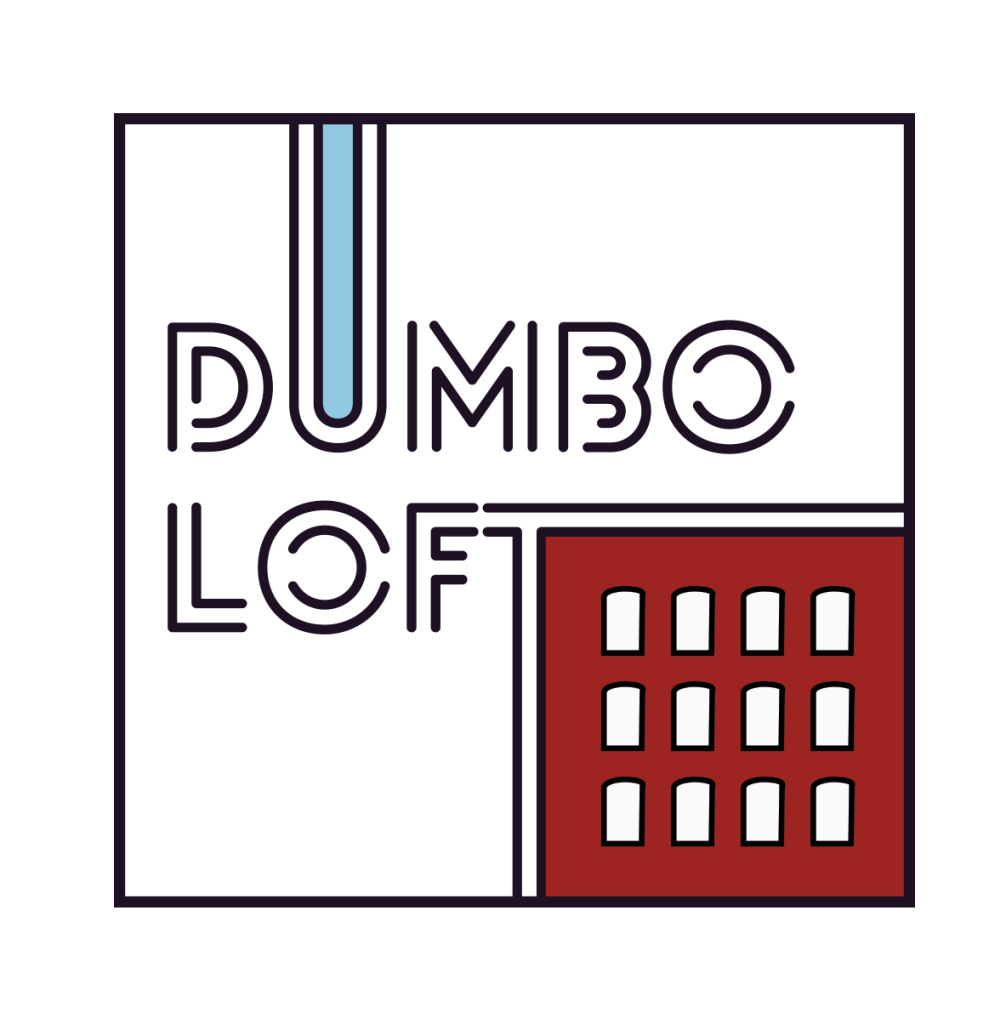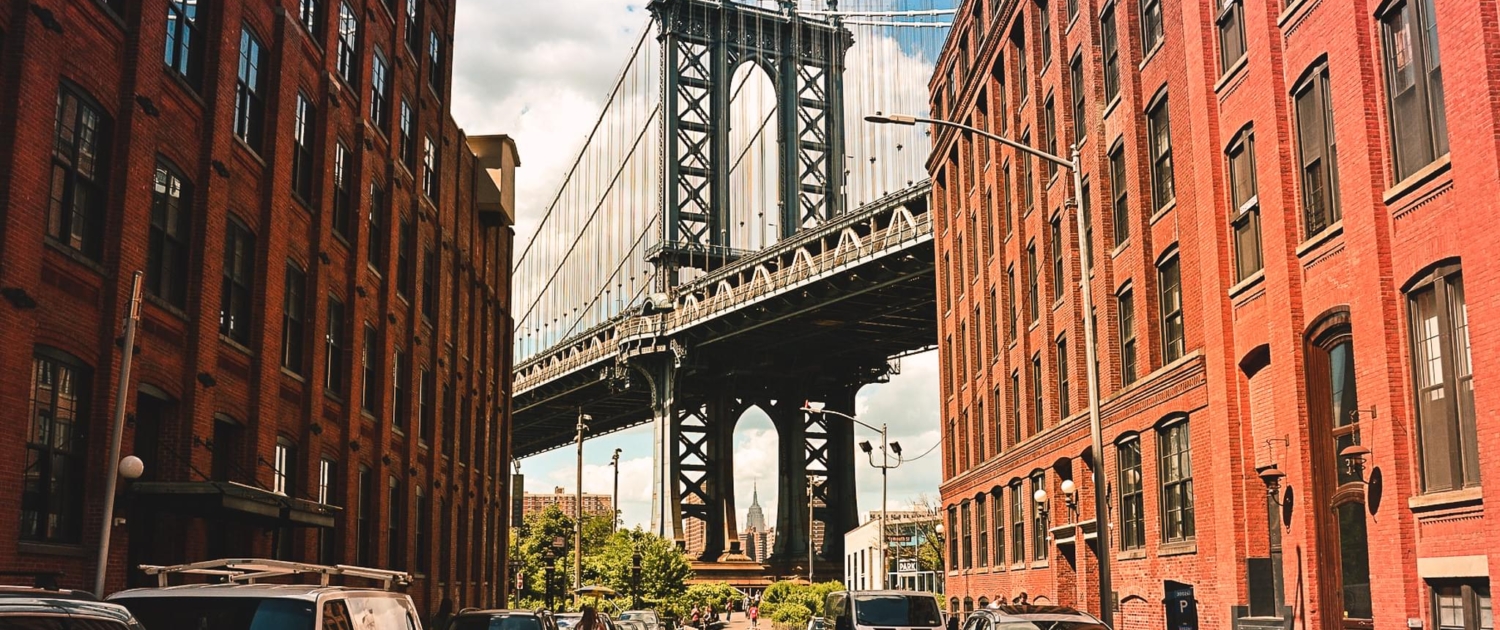Originally a residential block, the Dumbo neighborhood developed into a major factory area in the late 1800s-early 1900s. Soon, the manufacturer Edward H. Cole established it as one of the most industrial neighborhoods in the city. This brought in William Taylor & Sons Columbian Iron Works on Adams and Water Street, a sign making company, a brass foundry, a two-story machine shop and storage facility for E. W. Bliss and Phillips, Doup & Company. Many of these factories in the area were demolished to make way for the Manhattan Bridge.
Luckily, the building at 155 Water Street wasn’t affected by the construction of the bridge and has a long history of manufacturing ironworks and other materials. In 1905, Edward Cole used the factory to make steam fittings then leasing out the property to Phillips, Doup & Company, who built steam heaters. Cole sold the building in 1920 to L&H Stern, manufacturers of smoking pipes and accessories. The company used the lower floors as offices and the upstairs as the production space.
The simple brick facade, articulated by segmental openings and projecting lintels and sills, marks 155 Water Street as an example of the American round arch style. Additionally, the slow-burning mill construction and history make it an amazing representative of American factory architecture – contributing greatly to the character of the Dumbo Historic District.


